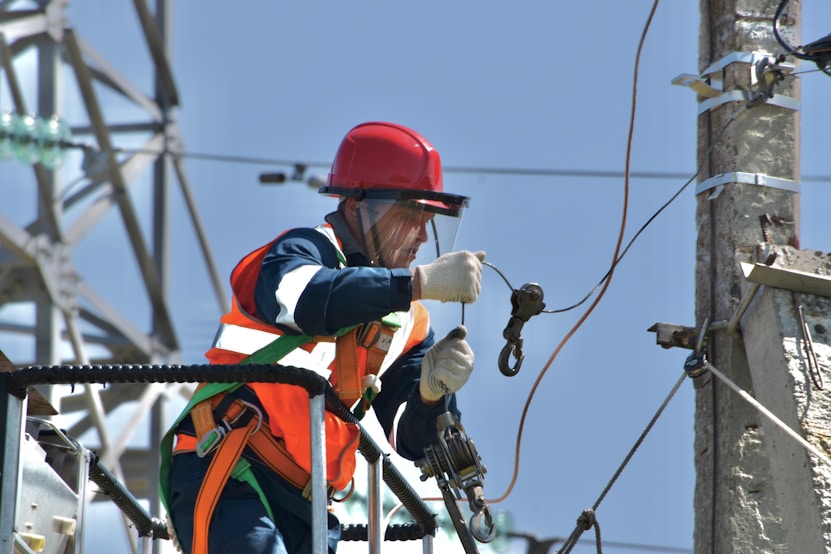
One of the most significant advantages of LED lights is their superior energy efficiency. Compared to incandescent bulbs, which waste a large portion of energy as heat, LEDs convert most of the electricity they use into visible light. This means they require far less power to produce the same amount of light. In fact, LED bulbs use up to 80% less energy than traditional incandescent bulbs and around 40% less than compact fluorescents (CFLs). This efficiency not only reduces the environmental impact but also translates to lower utility bills for homeowners and businesses alike.
Cost savings are another compelling reason to switch to LED lighting. While LED bulbs may have a higher upfront cost than older technologies, they offer long-term savings through reduced energy use and longer lifespan. An average LED bulb lasts between 15,000 to 50,000 hours, compared to just 1,000 hours for an incandescent bulb. This means fewer replacements, less maintenance, and more value over time. Additionally, because LEDs generate very little heat, they contribute less to cooling costs in warmer climates, offering indirect savings on air conditioning.
Beyond efficiency and cost, LEDs also offer other perks. They come in a variety of color temperatures, provide instant illumination without warm-up time, and are more durable than traditional bulbs due to their solid-state construction. Many are also dimmable and compatible with smart home systems, offering more control and customization in lighting environments.
In conclusion, switching to LED lighting is a smart investment for any home or business. With unmatched energy efficiency, significant cost savings, and added benefits in performance and durability, LEDs offer a clear advantage over older lighting technologies. As the world continues to prioritize sustainability and energy conservation, LED lighting stands out as a simple yet powerful solution for a brighter, more cost-effective future.
